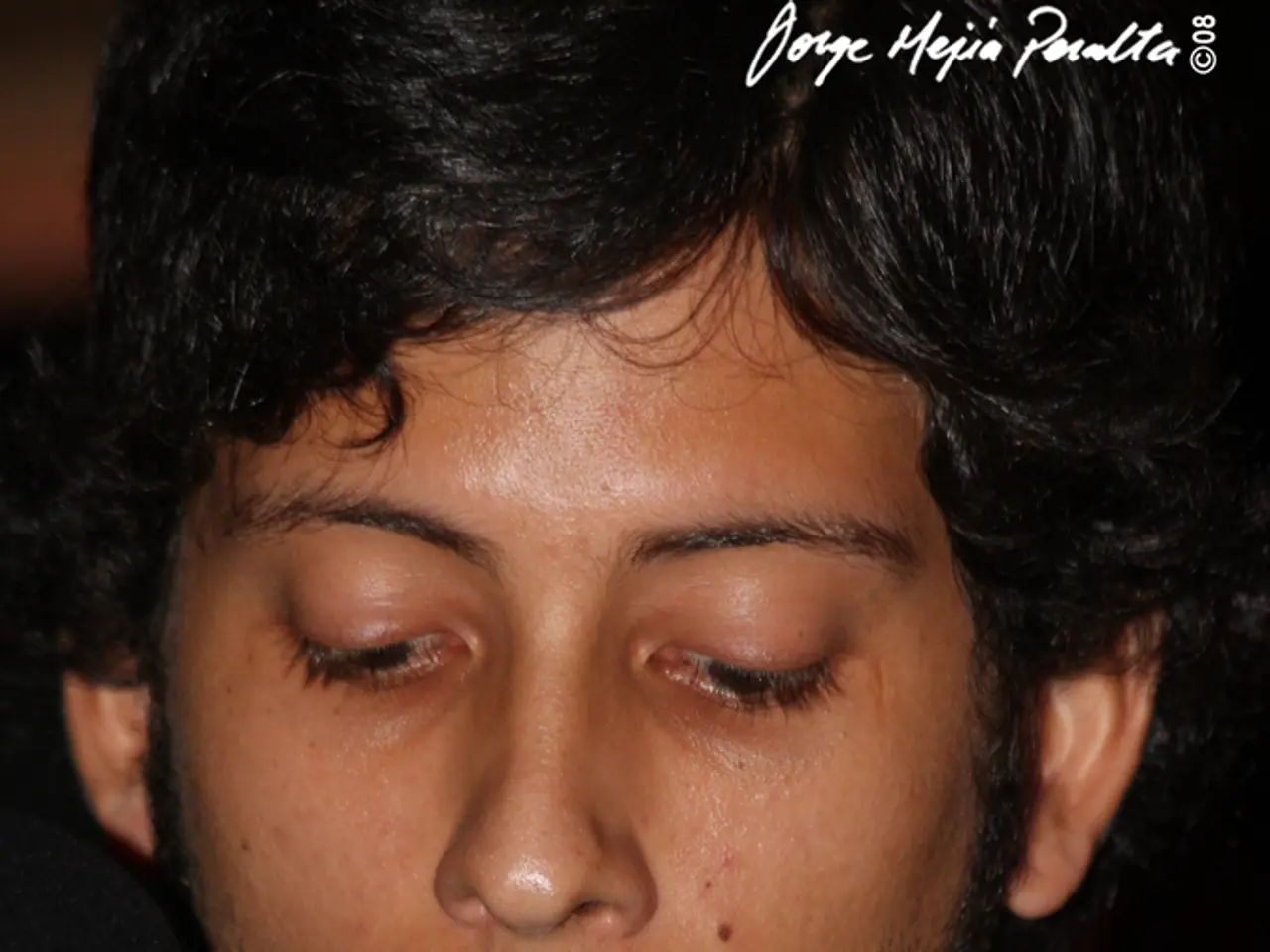"Identifying Appropriate UV-Protective Apparel and Understanding Its Importance"
In the realm of UV-protective clothing, one key standard stands out for its rigorous and realistic assessment of UV protection: the UV Standard 801. This standard, unlike others that test new, unaltered fabric, simulates wearing conditions to provide a comprehensive evaluation of a garment's UV protection [3][5].
Recognized and recommended by the International Testing Association for Applied UV Protection and the Bremen consumer advice center, UV Standard 801 is particularly significant for individuals who require durable UV protection through outdoor work, sport, or those with sensitive skin [5].
Differing from sunscreen-related standards like SPF testing (ISO 24444 or ISO 23675) and UVA tests (ISO 24443), UV Standard 801 is currently the most comprehensive for textiles [1]. Safety certifications like UL or ETL, while relevant in other contexts, are not applicable to UV-protective textiles [2].
When shopping for UV-protective clothing, look for certification to UV Standard 801. These garments are light, breathable, and quick-drying, making them suitable for swimming [6]. In contrast, a "normal white cotton shirt" offers only a UPF of 10, which may not be sufficient for extended sun exposure [7].
UV-protective clothing is manufactured from tightly woven fabrics such as nylon, polyester, or blended fabrics [8]. These garments can be beneficial in professions that expose individuals to prolonged sun exposure, such as road construction workers, hikers in high mountains, or sailors [9].
The Ultraviolet Protection Factor (UPF) measures the protection offered by textiles against UV radiation [10]. When buying UV-protective clothing, aim for a UPF of 40 or 50, as these values cannot be achieved by wearing multiple regular pieces of clothing [11].
Individuals with sensitive skin, including children and those with very pale or red-haired skin types, will find UV-protective clothing particularly important [12]. The Federal Office for Radiation Protection (BfS) also suggests UV-protective clothing for those with sensitive skin [13].
It's essential to remember that not all everyday clothing provides sufficient protection against UV radiation in certain situations. Therefore, investing in UV-protective clothing can offer a reliable solution to prolonged sun exposure.
- Science plays a crucial role in the development of UV-protective clothing, with the UV Standard 801 standing out as the most rigorous and realistic assessment of UV protection, particularly significant for individuals who require durable UV protection through outdoor work, sport, or those with sensitive skin.
- In the realm of textiles, UV Standard 801 is the most comprehensive for UV-protective clothing, differing from sunscreen-related standards like SPF testing and UVA tests, as it simulates wearing conditions to provide a comprehensive evaluation of a garment's UV protection.
- For those who seek UV protection in their lifestyle, outdoor-living, health-and-wellness, fitness-and-exercise, skin-care, and home-and-garden, investing in UV-protective clothing with certification to UV Standard 801 can offer a reliable solution to prolonged sun exposure, especially beneficial for children, those with very pale or red-haired skin types, and individuals with sensitive skin.
- Sustainable living can also benefit from UV-protective clothing, as these garments are manufactured from tightly woven fabrics such as nylon, polyester, or blended fabrics and can be beneficial in professions that expose individuals to prolonged sun exposure, such as road construction workers, hikers in high mountains, or sailors.




